STEAM
Aims
- Empower students with the knowledge, skills, and mindset necessary to thrive in a rapidly evolving world.
- Foster a multidisciplinary approach that integrates science, technology, engineering, arts, and mathematics.
- Cultivate critical thinking, creativity, collaboration, and resilience.
- Utilize innovative teaching methods and experiential learning opportunities.
- Nurture curious minds and ignite a passion for exploration.
- Equip students with the tools they need to become lifelong learners and problem solvers.
- Prepare students to confidently navigate the challenges and opportunities of the 21st century
Features
- Integrate the learning content and progress that students encounter in their morning lessons.
- Starting from the Primary One, students will be nurtured in their curiosity, problem-solving abilities,
and creativity through the engineering design process.
For P.1 – P.2:
- The curriculum aims to foster students’ understanding of fundamental science
concepts and develop their skills in mathematics and art. - It also focuses on cultivating basic computational thinking abilities.
- Engaging activities and hands-on experiences are incorporated to facilitate
learning and ignite curiosity, providing a solid foundation in STEAM subjects. - Students are encouraged to apply problem-solving skills and critical thinking at a
level appropriate for their age. - The curriculum emphasizes the expression of creativity and the cultivation of
interest in STEAM fields.
For P.3 – P.6:
- The curriculum aims to foster the development of teamwork and communication
skills. - It also focuses on developing students’ collaborative skills, inquiry-based thinking,
learn independently and proactively. - Students engage in in-depth study of topics through project-based approaches.
- Critical thinking and problem-solving skills are further developed.
- Students are encouraged to take ownership of their learning and become active
learners.
Through the STEAM approach, students are exposed to multiple content areas within
a single lesson. We are not changing what we are teaching, we are changing how we
are teaching it.
Activities Highlight
Primary One
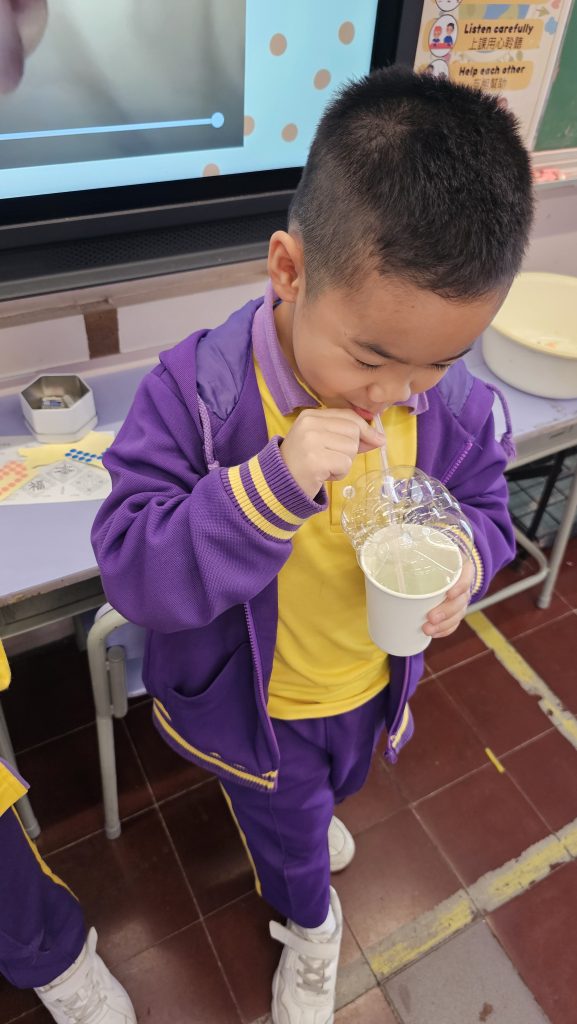 |
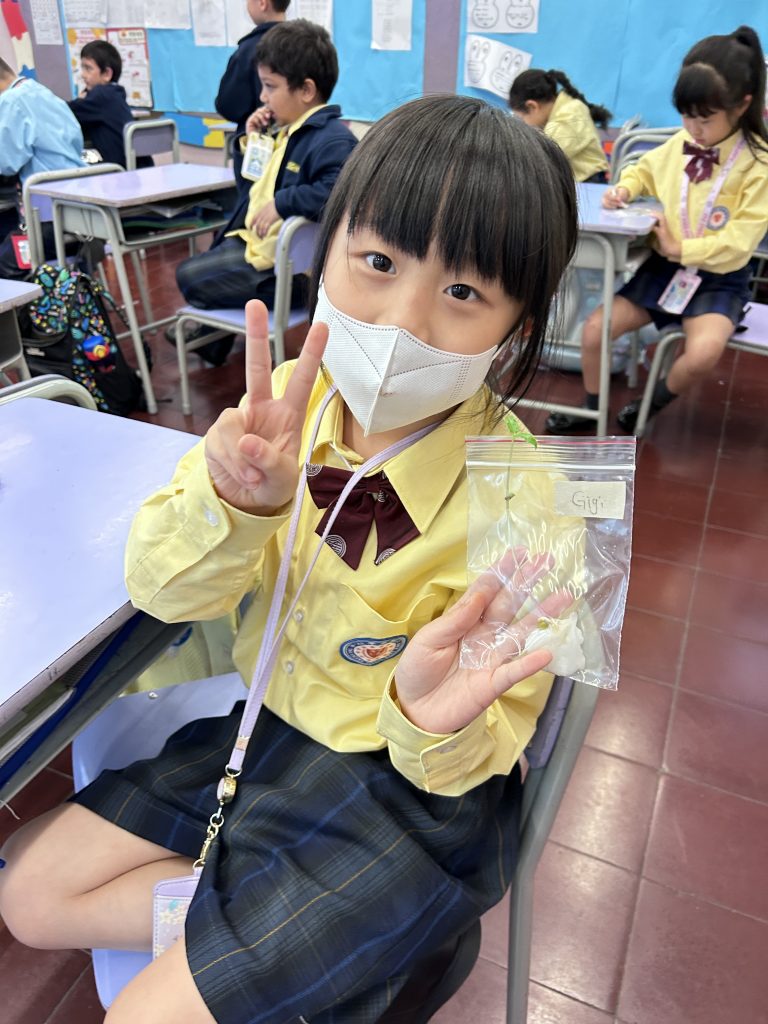 |
 |
 |
Primary Two
 |
 |
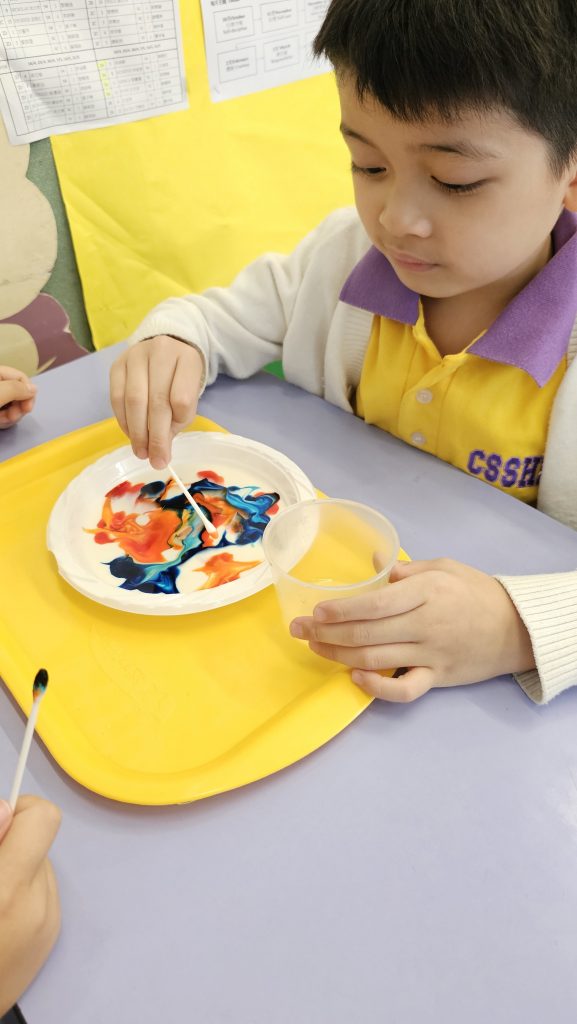 |
 |
Primary Three
 |
 |
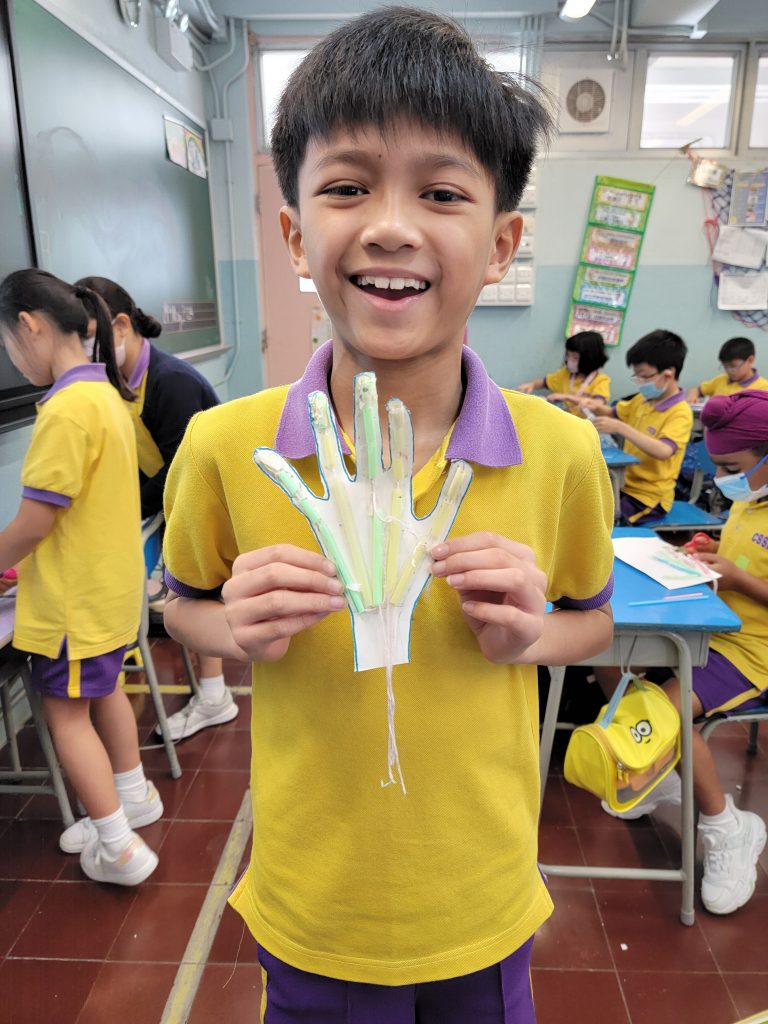 |
 |
Primary Four
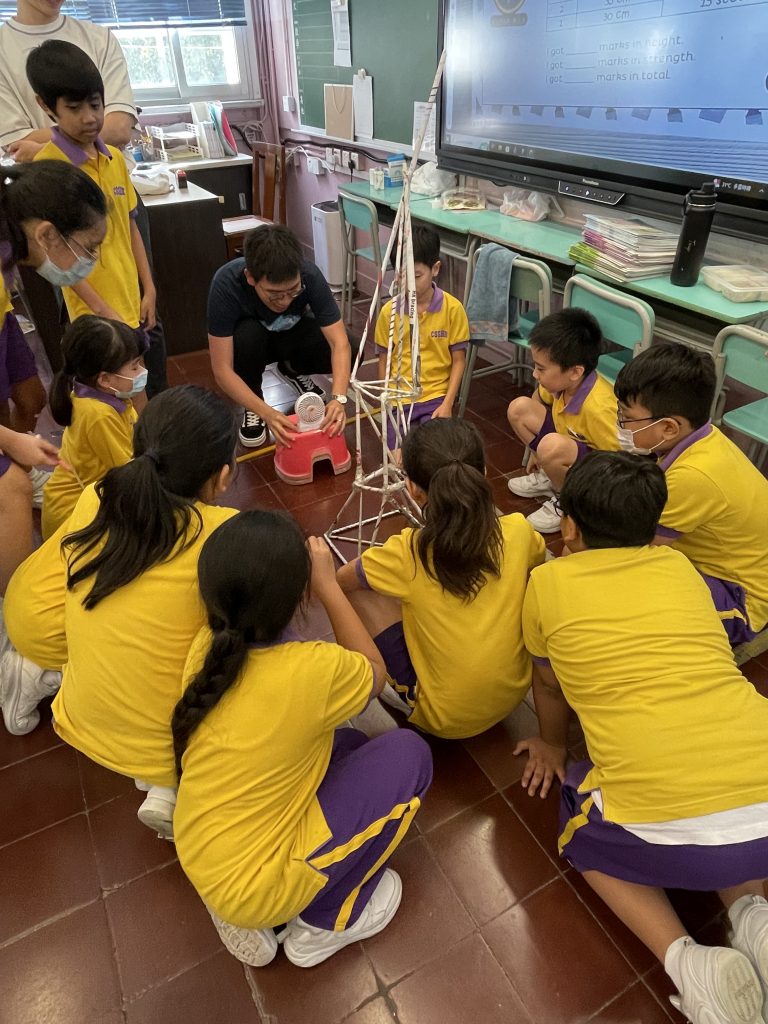 |
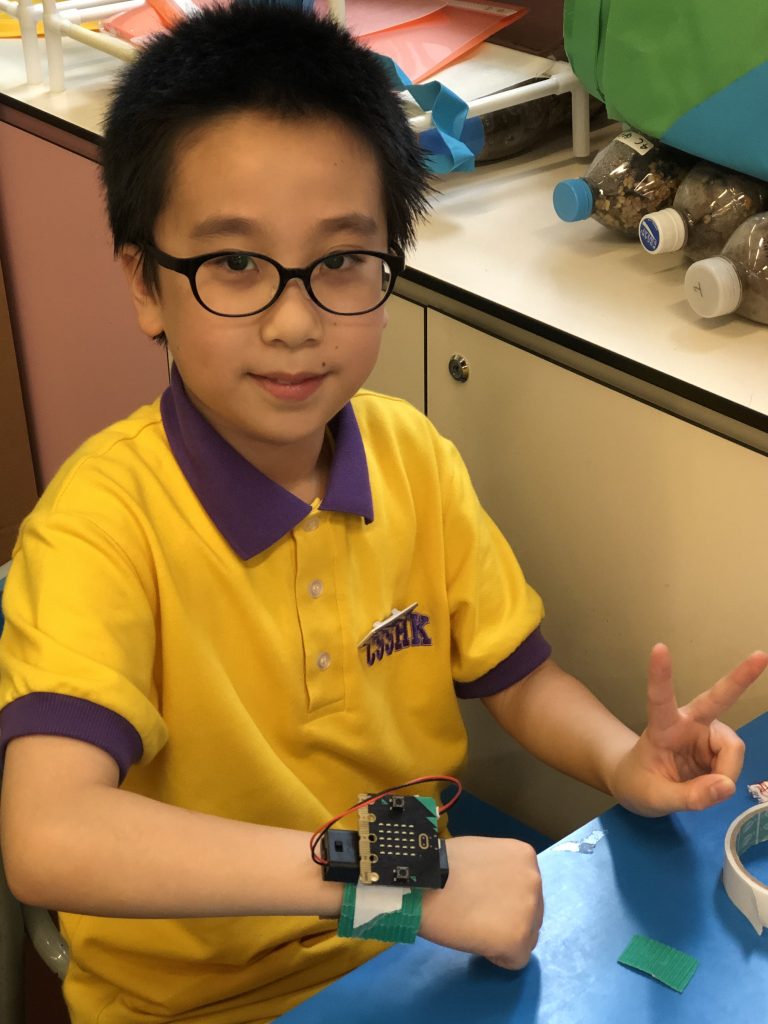 |
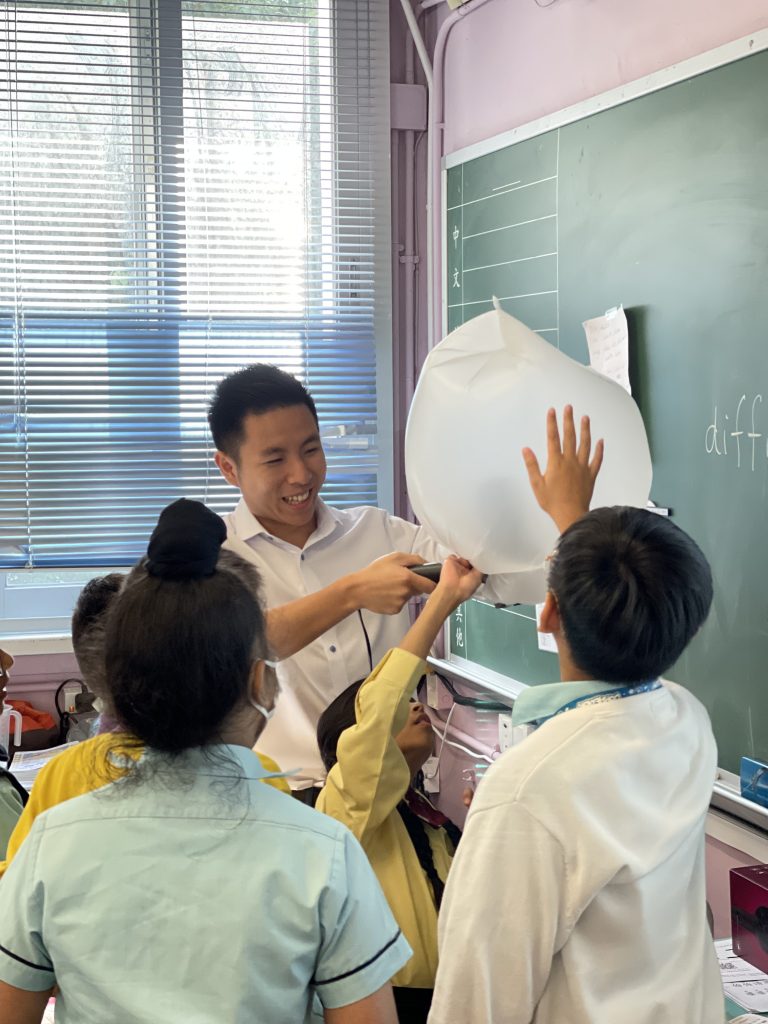 |
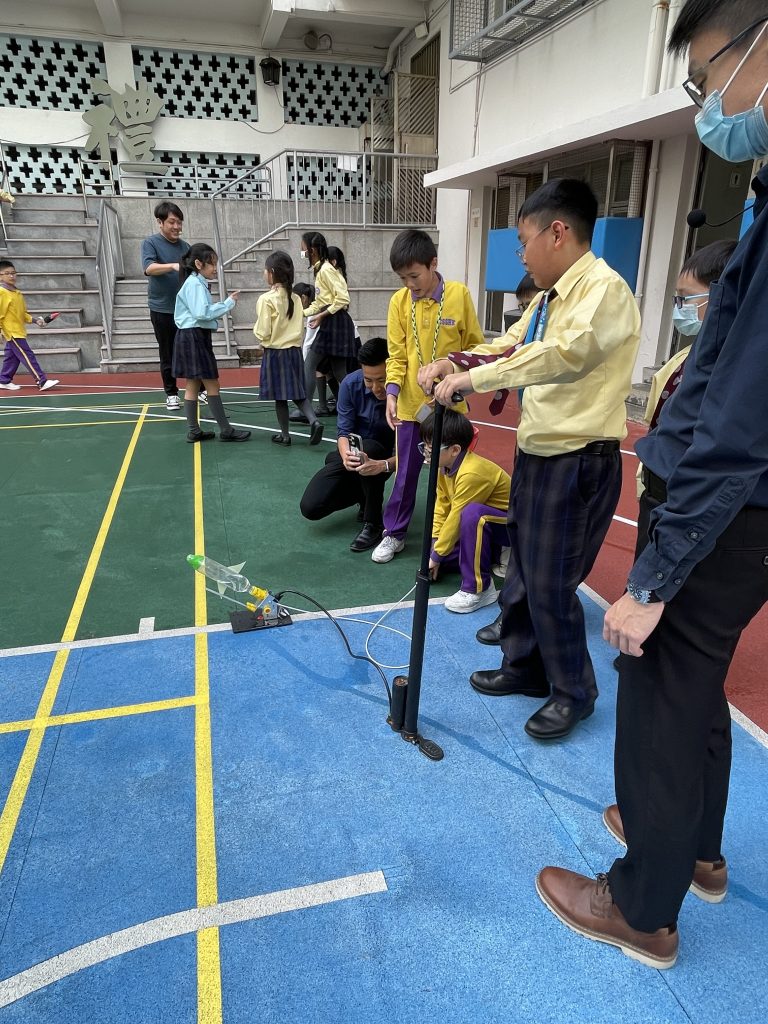 |
Primary Five
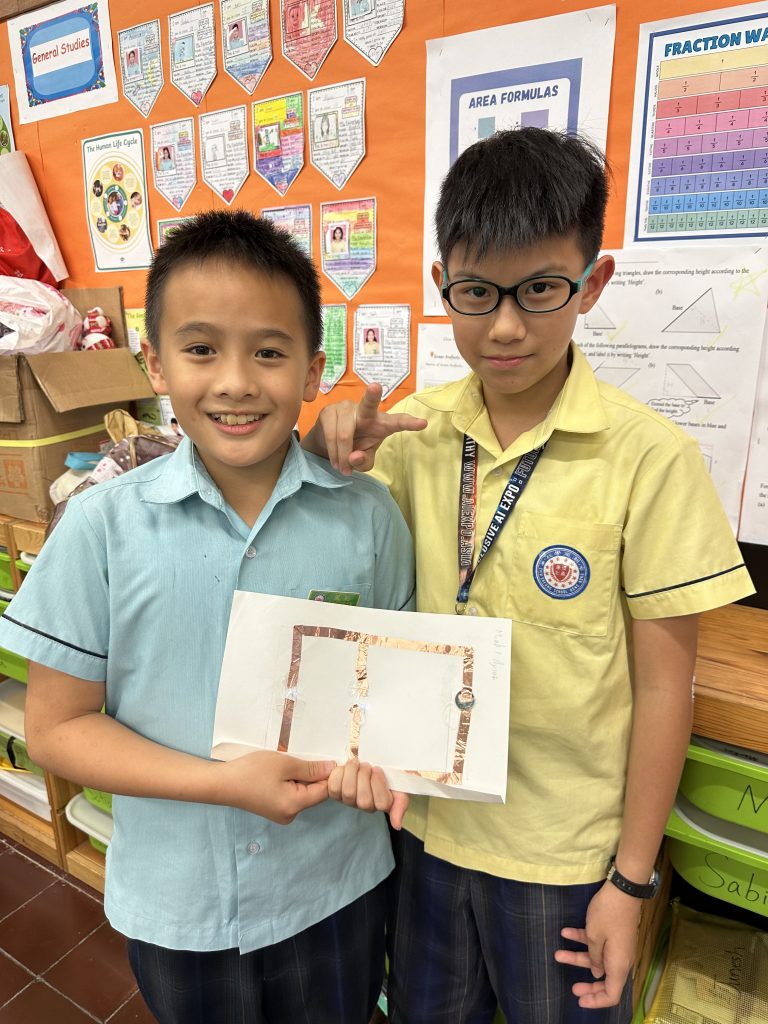 |
 |
 |
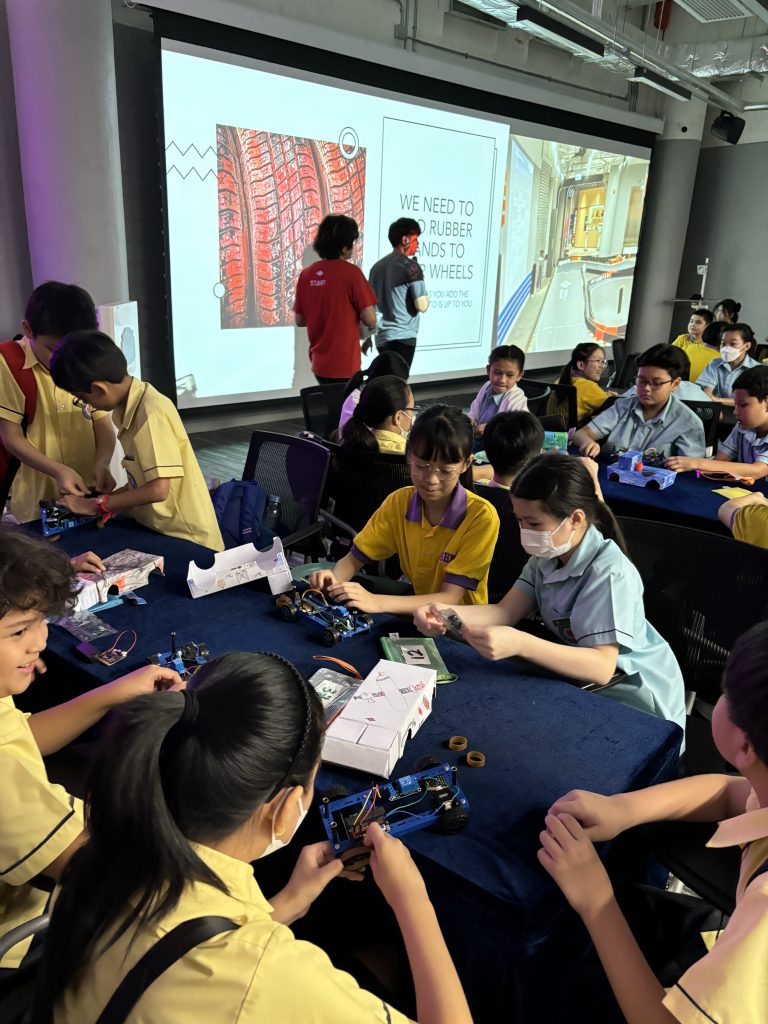 |
Primary Six
 |
 |
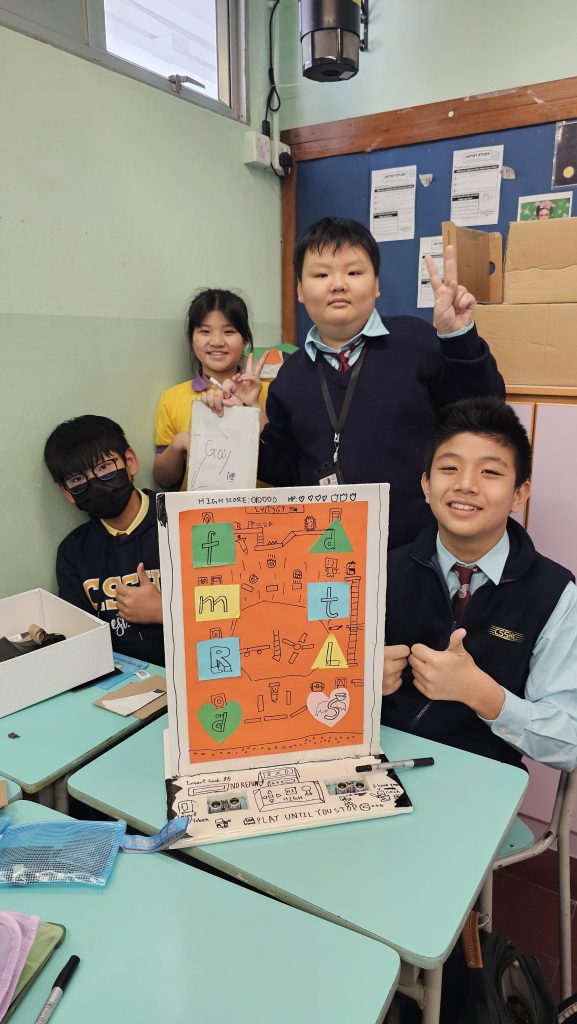 |
 |
Recommended Websites
Education Bureau – STEAM examples
https://www.edb.gov.hk/en/curriculum-development/kla/ma/res/STEMexamples.html
| P.1-P.2 | Babble dabble do connecting through creativity https://babbledabbledo.com/Little bin little hands https://littlebinsforlittlehands.com/Left brain craft brain https://leftbraincraftbrain.com/ |
| P.3-P.6 | Teach Engineering https://www.teachengineering.org/STEAM Education https://stem.edb.hkedcity.net/en/home/ |

